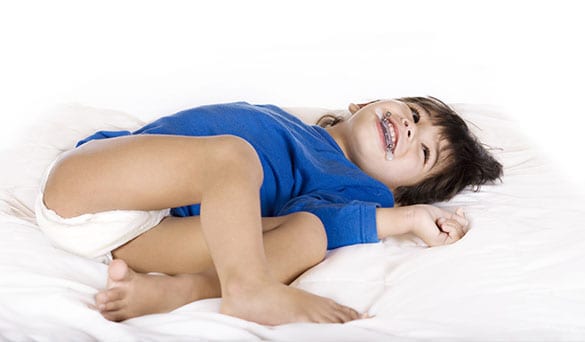
LA Orthopedic Group can improve functions in patients with Cerebral Palsy.
Cerebral palsy, also known as CP, is a neurological disorder that can affect movement, posture, and muscle tone. CP is the most common childhood movement disorder.
- Cerebral palsy is believed to occur in approximately 3.3 out of every 1,000 live births
- The level of disability caused by cerebral palsy can vary widely from person to person
CONTACT US TODAY
Types of Cerebral Palsy
Cerebral palsy can cause one or more movement disorders based on the particular area of the brain that is affected. Spastic cerebral palsy is characterized by increased muscle tone that can cause stiff, awkward movements. The increased muscle tone may only affect the legs, one side of the body, or the entire body. Individuals with dyskinetic CP have difficulty controlling movement in their extremities, which can result in writhing, slow, jerky, or rapid movements.
Ataxic CP is characterized by difficulties with coordination and balance. Individuals with this form of cerebral palsy may be unsteady when walking and have trouble with fine motor skills, such as writing and grasping objects. It is also possible for individuals to have a mixed form of CP in which they have more than one type of movement disorder.


Causes of Cerebral Palsy
Cerebral palsy is the result of abnormal development or damage affecting the portion of the brain that controls movement. CP can occur in utero, during birth, or during the first years of life as the brain continues to develop. Some factors that can lead to cerebral palsy include:
- Genetic mutations
- Maternal infections during pregnancy
- Fetal stroke or a lack of oxygen during a difficult delivery
- Infant head trauma
- Illnesses during infancy that cause brain inflammation
Symptoms of Cerebral Palsy
Early signs of cerebral palsy typically occur during the first few months of life, but the condition may not be diagnosed until the child starts to show various developmental delays, such being slow to crawl or walk. A child under six months of age may feel overly stiff or floppy when held. The child’s head may lag and their legs may cross or scissor when they are picked up. A child over six months of age may still be unable to roll over or demonstrate hand/eye coordination. A child with CP may crawl in a lopsided fashion or be unable to stand even with support. Children with CP will often favor one side of the body while the other side remains overly stiff or drags behind.
The lack of muscle control may cause problems with eating, swallowing, and speech development. Neurological problems, such as seizures, impaired sensation, vision and hearing impairments, intellectual disabilities, and urinary incontinence can also occur in individuals with cerebral palsy.
Diagnosis and Treatment of Cerebral Palsy
MRIs, cranial ultrasounds, and other brain-imaging technology can be used to identify areas of abnormal brain development and damage. While CP cannot be cured, medications, physical and other non-drug therapies, and assistive devices can help improve functional status in individuals with cerebral palsy.




